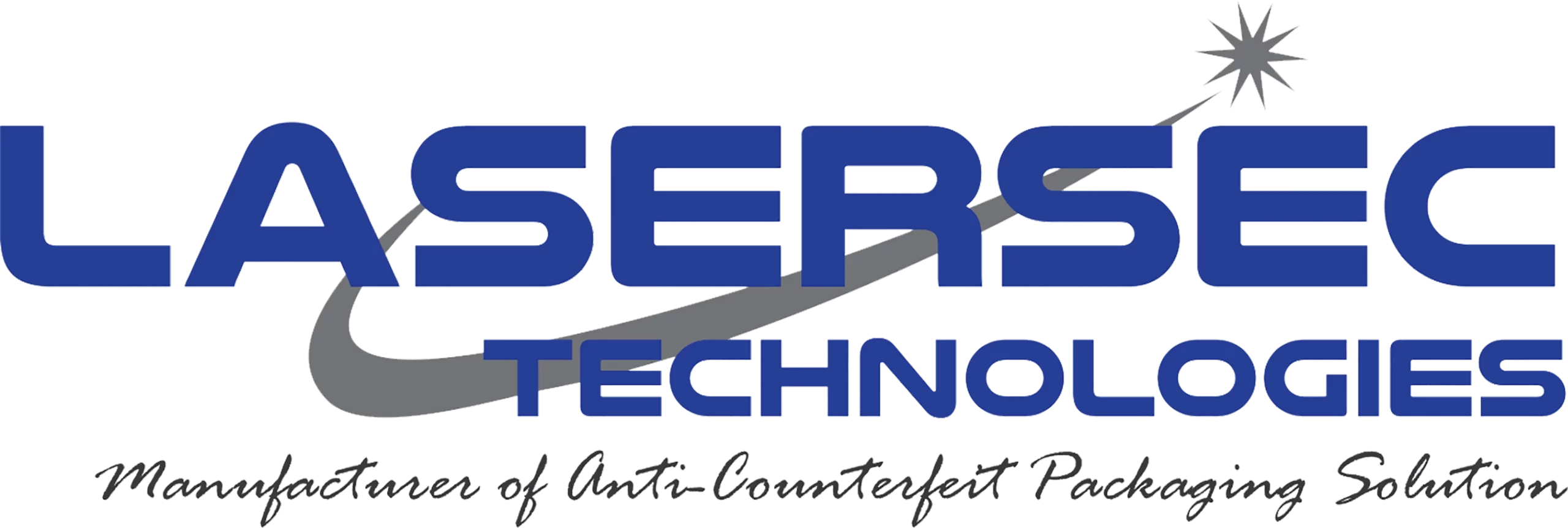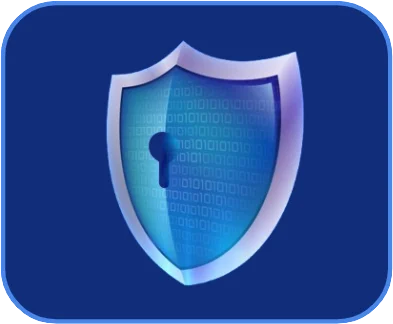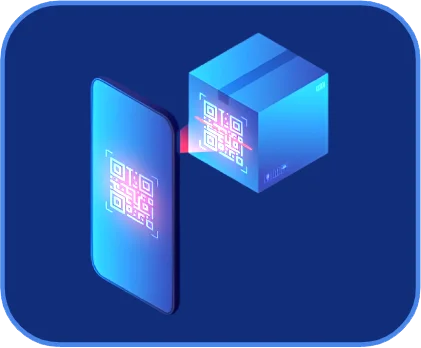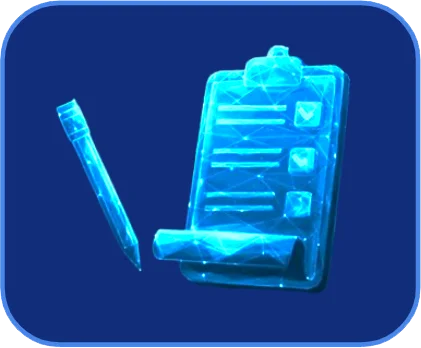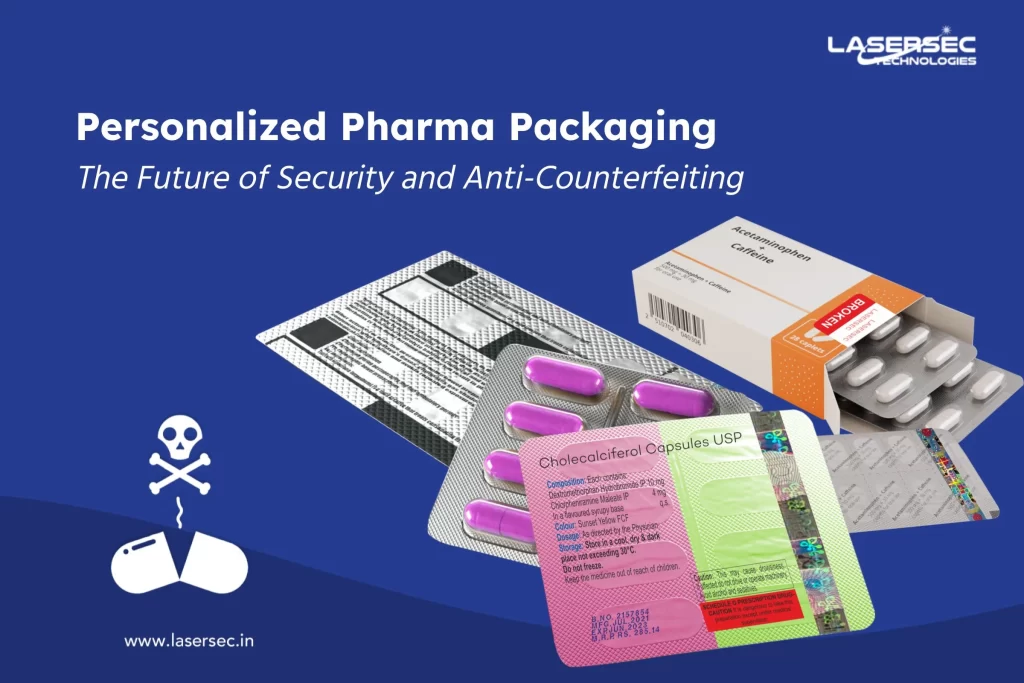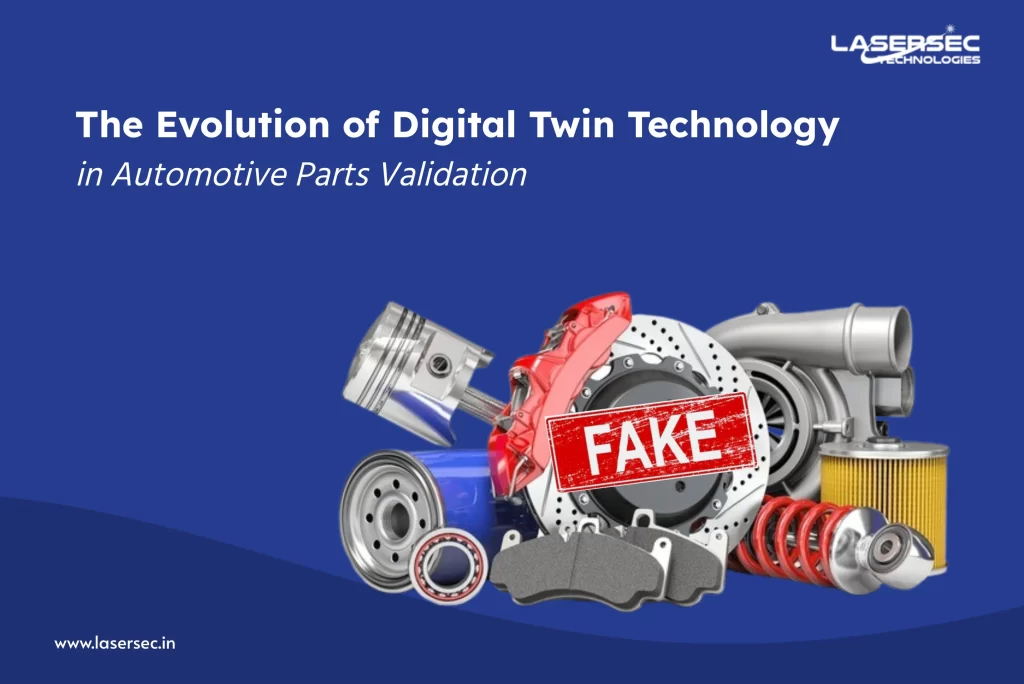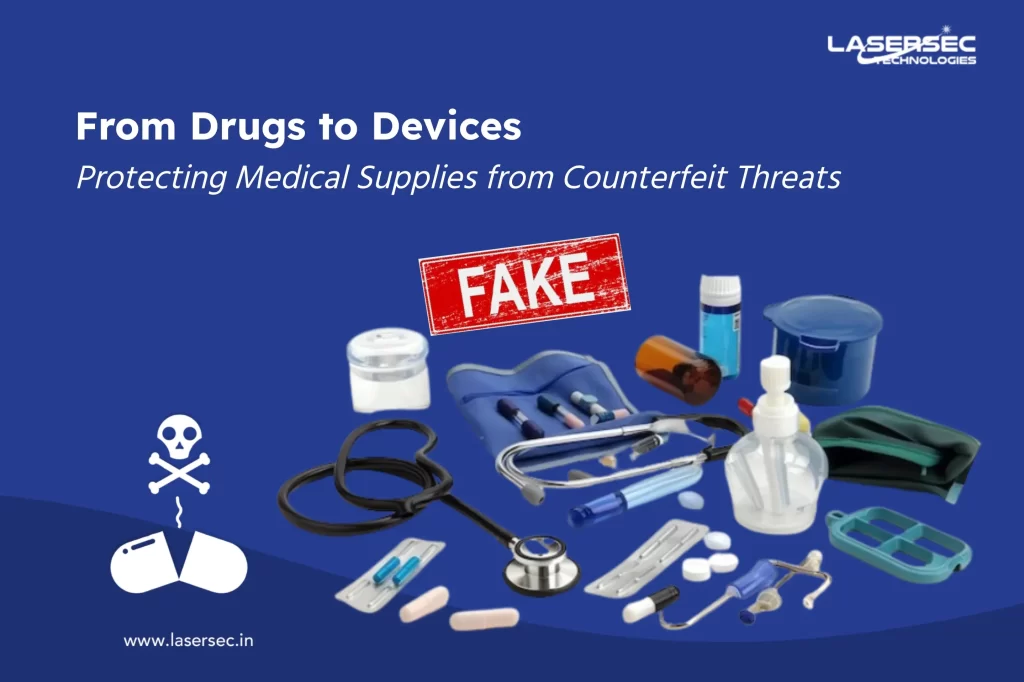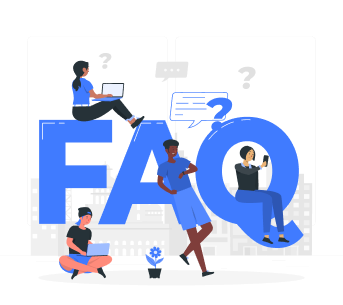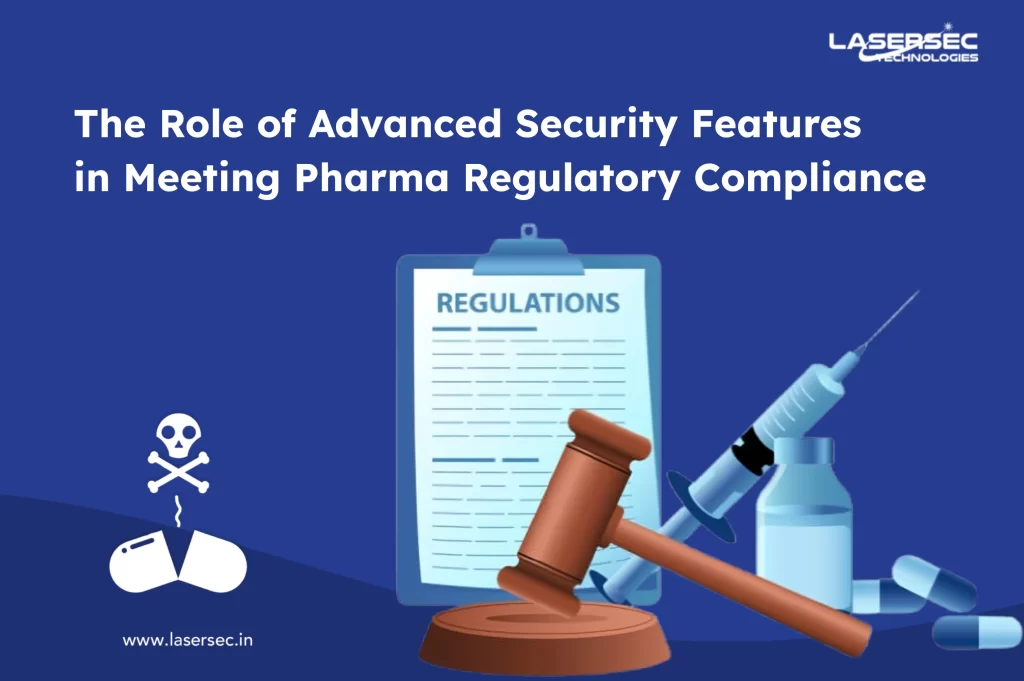
In the highly regulated pharmaceutical industry, compliance is non-negotiable. With patient safety, product authenticity, and global supply chain integrity at stake, manufacturers must adhere to stringent standards set by regulatory authorities. Advanced security features not only safeguard products but also play a pivotal role in meeting these compliance requirements. This blog explores the critical connection between security technologies and regulatory compliance in the pharmaceutical sector, highlighting how these features enhance safety, ensure authenticity, and streamline operations.
Understanding Pharma Regulatory Compliance
Pharmaceutical regulations vary globally, but they share a common objective: to protect patients and ensure that only high-quality, authentic medicines reach consumers. Key regulatory frameworks include:
1. FDA (United States): Enforces the Drug Supply Chain Security Act (DSCSA) to enhance drug traceability.
2. EU Falsified Medicines Directive (FMD): Requires serialization and tamper-evident packaging for all prescription medicines.
3. India’s DAVA (Drug Authentication and Verification Application): Focuses on serialization for pharmaceutical exports.
Non-compliance can result in severe penalties, loss of market access, and reputational damage. To stay ahead, manufacturers are leveraging advanced security features in their packaging and processes.
The Role of Advanced Security Features
1. Serialization for Traceability
Serialization assigns a unique identifier to every product, enabling tracking throughout the supply chain.
1A. Regulatory Compliance: Serialization is mandated by regulations like the DSCSA and FMD to prevent counterfeit drugs.
1B. How It Works: Each product is tagged with a unique barcode or QR code, which links to a database containing details about its origin, manufacturer, and distribution history.
2. Tamper-Evident Packaging
Tamper-evident features indicate any unauthorized interference with the product.
2A. Regulatory Compliance: The FMD and similar frameworks require visible tamper evidence for pharmaceutical packaging.
2B. Examples: Holographic seals, perforations, and breakable caps.
3. Holographic Technologies
Holographic labels and foils create visually striking and secure packaging that is difficult to replicate.
3A. Regulatory Compliance: While not explicitly mandated, holograms help comply with anti-counterfeiting guidelines and enhance consumer confidence.
3B. Benefits: Easy authentication for both regulators and consumers.
4. Track-and-Trace Systems
Integrated track-and-trace systems monitor products from manufacturing to distribution.
4A. Regulatory Compliance: Supports serialization requirements and enhances supply chain transparency.
4B. How It Works: Advanced software platforms and IoT-enabled devices ensure real-time monitoring and reporting.
5. QR Code Authentication
QR codes empower end-users to verify product authenticity instantly.
5A. Regulatory Compliance: Complements serialization by providing a consumer-facing verification mechanism.
5B. Example: Patients can scan the QR code on their medication to confirm its legitimacy and source.
Benefits of Advanced Security Features in Compliance
1. Improved Supply Chain Integrity
Regulatory bodies demand complete transparency across the pharmaceutical supply chain. Security technologies ensure traceability, reducing risks of tampering and diversion.
2. Mitigation of Counterfeit Risks
Counterfeit medicines account for 10% of the global pharmaceutical market, posing a serious threat to patient safety. By integrating advanced security features, manufacturers can meet compliance standards and deter counterfeiters.
3. Streamlined Global Operations
Security features simplify compliance with diverse regulations across regions, ensuring seamless product approval and market access.
4. Enhanced Brand Trust
Pharmaceutical companies that adopt advanced security measures not only meet regulatory demands but also win consumer confidence, strengthening their market position.
Real-World Examples of Compliance Success
1. Indian Exporters Meeting Global Standards:
Indian pharmaceutical exporters have implemented serialization and tamper-evident packaging to comply with EU and US regulations, ensuring uninterrupted access to these critical markets.
2. EU Manufacturers Using Holograms:
European companies are adopting holographic technologies to align with FMD guidelines, enhancing the visual security of their products.
3. Blockchain for Compliance in the US:
Leading US pharma companies have integrated blockchain-based systems to achieve DSCSA compliance, ensuring immutable tracking and reporting.
How Lasersec Technologies Supports Regulatory Compliance
At Lasersec Technologies, we specialize in designing custom anti-counterfeiting solutions tailored to meet stringent regulatory requirements. From holographic foils and tamper-evident seals to track-and-trace systems, our solutions ensure your pharmaceutical products remain secure and compliant.
Let’s Make Compliance Simpler for You
Reach out to us today for a consultation or demo on how our security features can help you meet global pharmaceutical regulations effortlessly.
About Lasersec Technologies
We are a leading manufacturer of holographic solutions designed to combat counterfeiting. Our dedicated R&D team continuously seeks innovative solutions, ensuring that all our offerings are original and free from external interference. With successful business alliances in Bangladesh, South Africa, Malaysia, Sri Lanka, Nepal, the United Kingdom, and across Europe, we are committed to enhancing product security worldwide.
You can reach us via email at mktg@lasersec.in or by phone at +91-9810213127.
